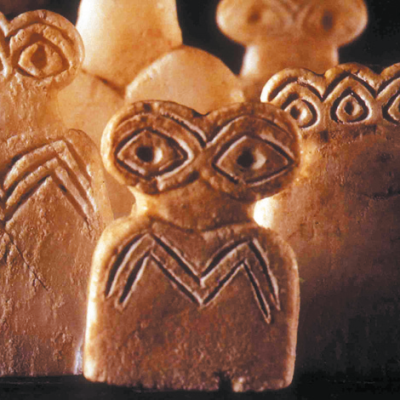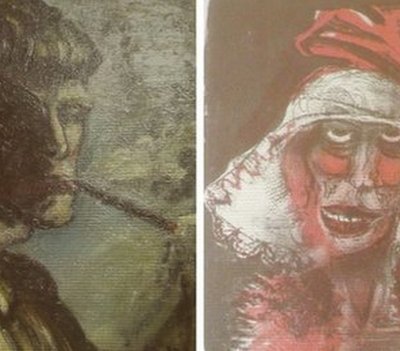Those with an interest in the art restitution process might have spotted the recent news that the Limbach Commission, the German committee with responsibility for determining restitution claims, is about to see a few changes. Of particular note are culture minister Monika Grütters’ new-found willingness to appoint Jewish panel members, and the extra funding that is apparently to be provided.
These are interesting and commendable developments, but hardly unexpected given how little the Commission has achieved since it came into being in 2003 (it has resolved an average of just one claim each year) and how that has been received. It illustrates the impact of international pressure on the Commission and the German government, and how vital public support for restitution is to the process. Public perception is even more important today given the justified criticism of the German authorities’ role in delaying the announcement of the discovery of Cornelius Gurlitt’s hoard for over a year.
Grütters’ shakeup of the Commission was preceded by an earlier change, which perhaps signalled that the desire for reform was already there. In the last couple of years the Commission has begun to publish at least some details of their reasoning in each case, like their Dutch or English equivalents, rather than just a brief press release announcing their decision.
The changes announced are positive, and to be welcomed, but it is not clear they will lead to an increase in the number of cases being brought before the Commission. One big barrier to the Commission’s success is that it requires all parties to sign up to its binding decision before work on a case commences – something that deters many and is exploited by others. Where a party refuses to go to the Commission it can frustrate the restitution process entirely. A high-profile example of this was the refusal by the Bavarian State to allow the Commission to hear the claim brought by the heirs of Paul von Mendelssohn-Bartholdy for the restitution of a Picasso portrait, which remains at the Pinakothek der Moderne in Munich.
The Limbach Commission is not alone in being scrutinised: even the Dutch equivalent, the Restitutie Commissie, which has dealt with well over a hundred cases since its inception in 2001 has not escaped criticism. Many countries which signed up to the Washington Conference Principles on Nazi-Confiscated Art in 1998 do not even have state bodies set up to resolve claims, despite the recommendations of the Principles. These include Switzerland, Italy, and even the USA.
The slow progress towards the creation of such panels, and the problems that they then face, perhaps reflects the difficulty of determining claims linked to events 80 or more years ago. Given the passage of time it can be difficult to gather evidence that would match the standards expected in a civil court, and thus the application of binding decisions by third parties may not be appropriate. In many cases, mediation and negotiated settlements are better forums for resolving restitution claims because of the flexibility of outcomes that can be reached. Any decision imposed by a third party body is likely to invite criticism from one side, or even both, and it is not going to become any easier to determine such claims as time passes.
Lead image: used under public domain licence



